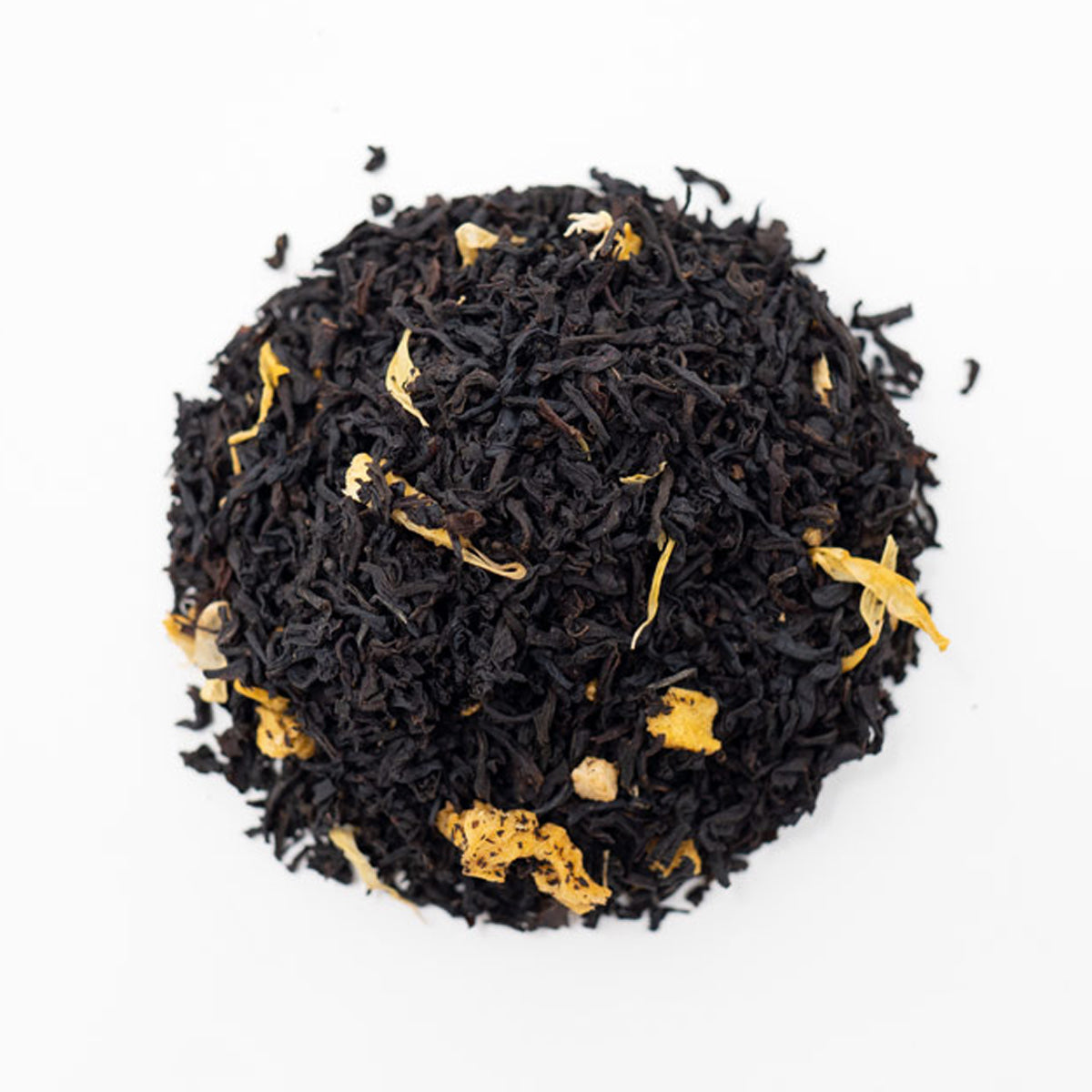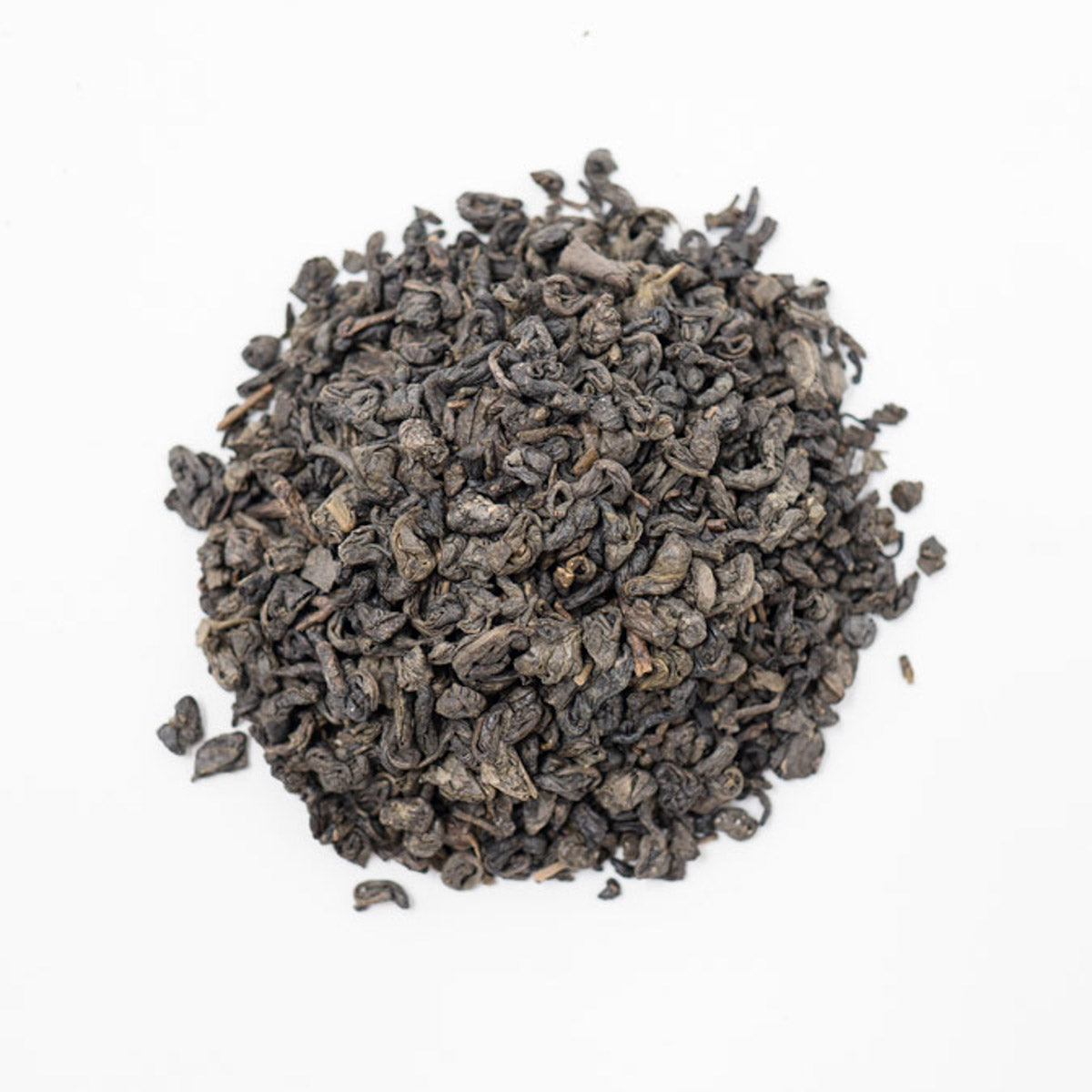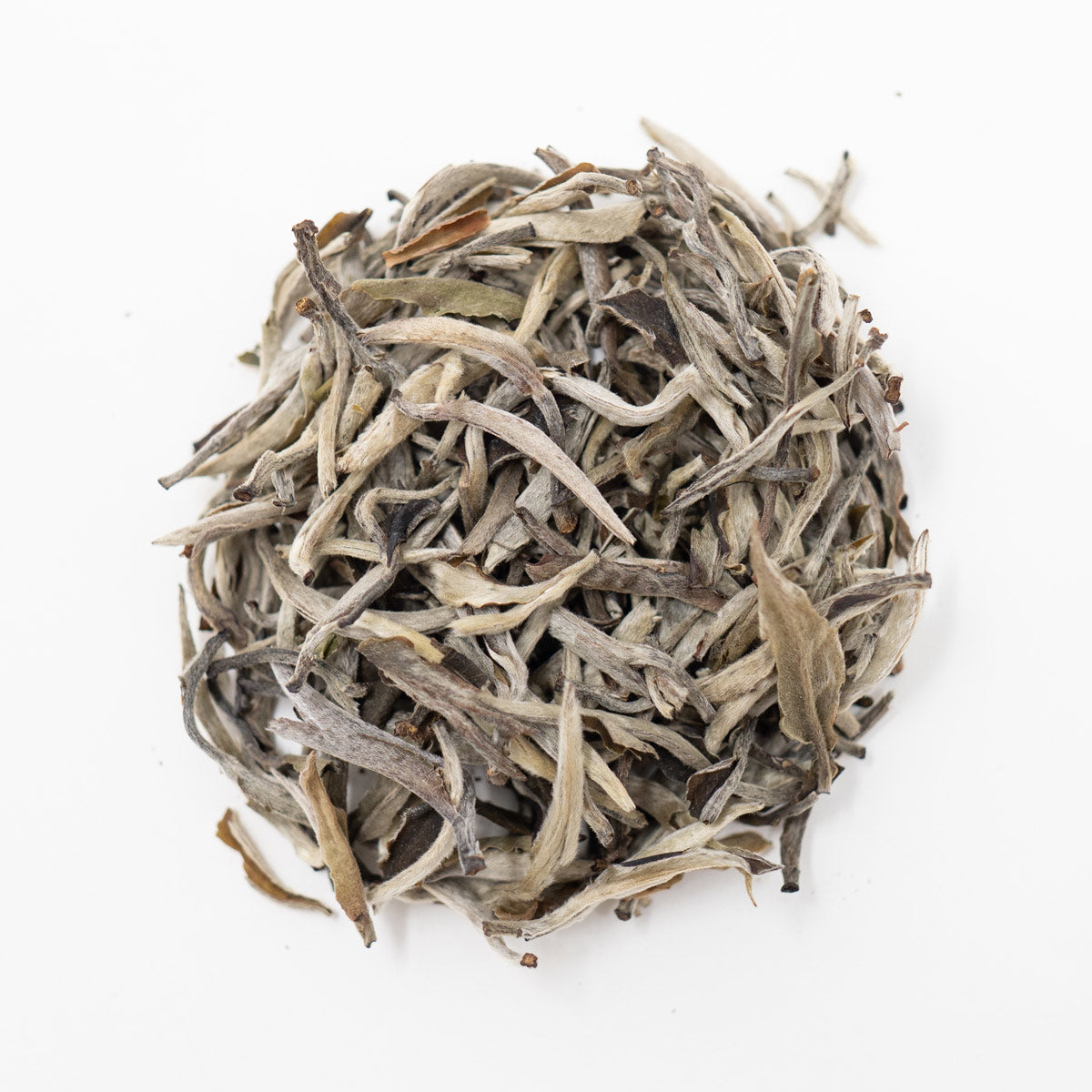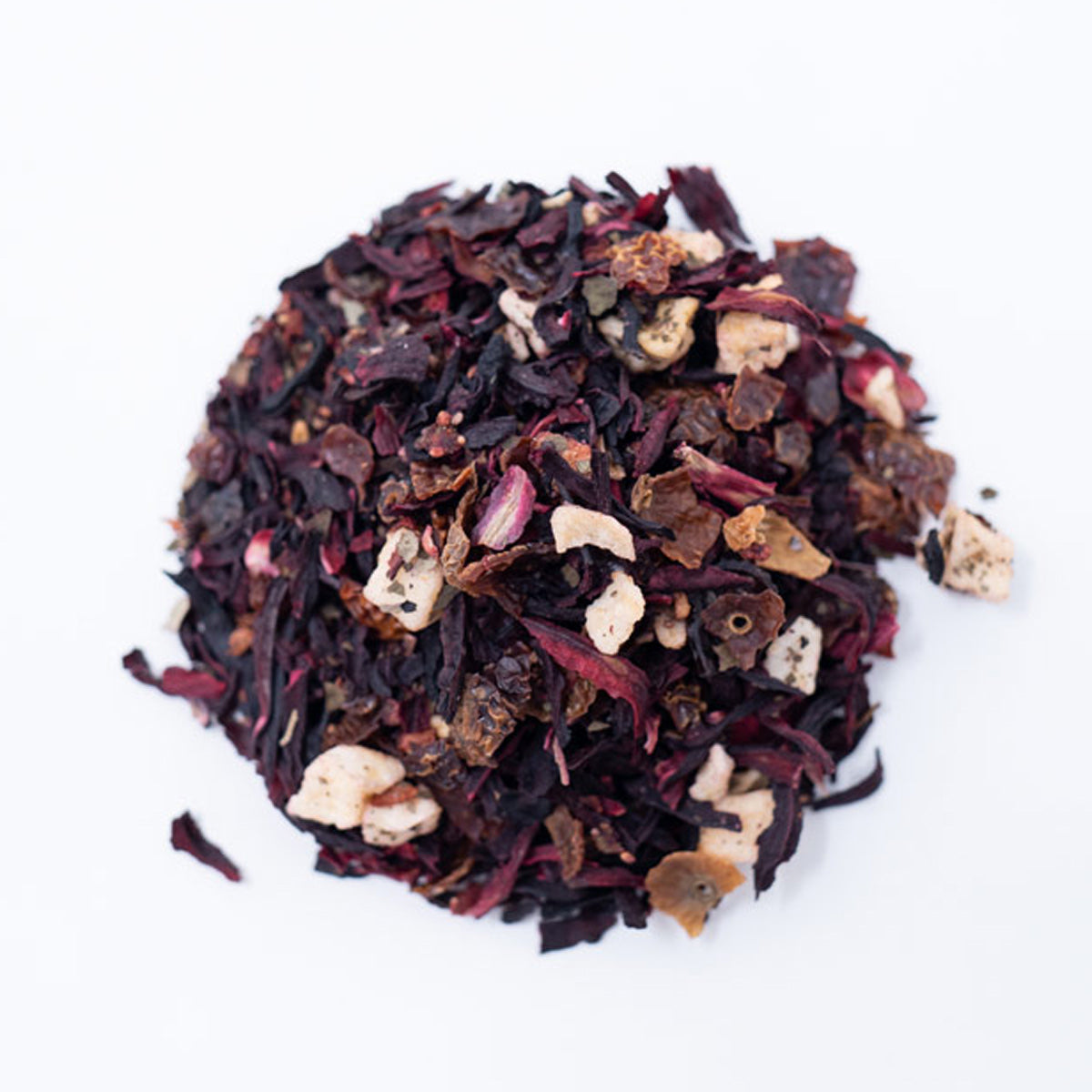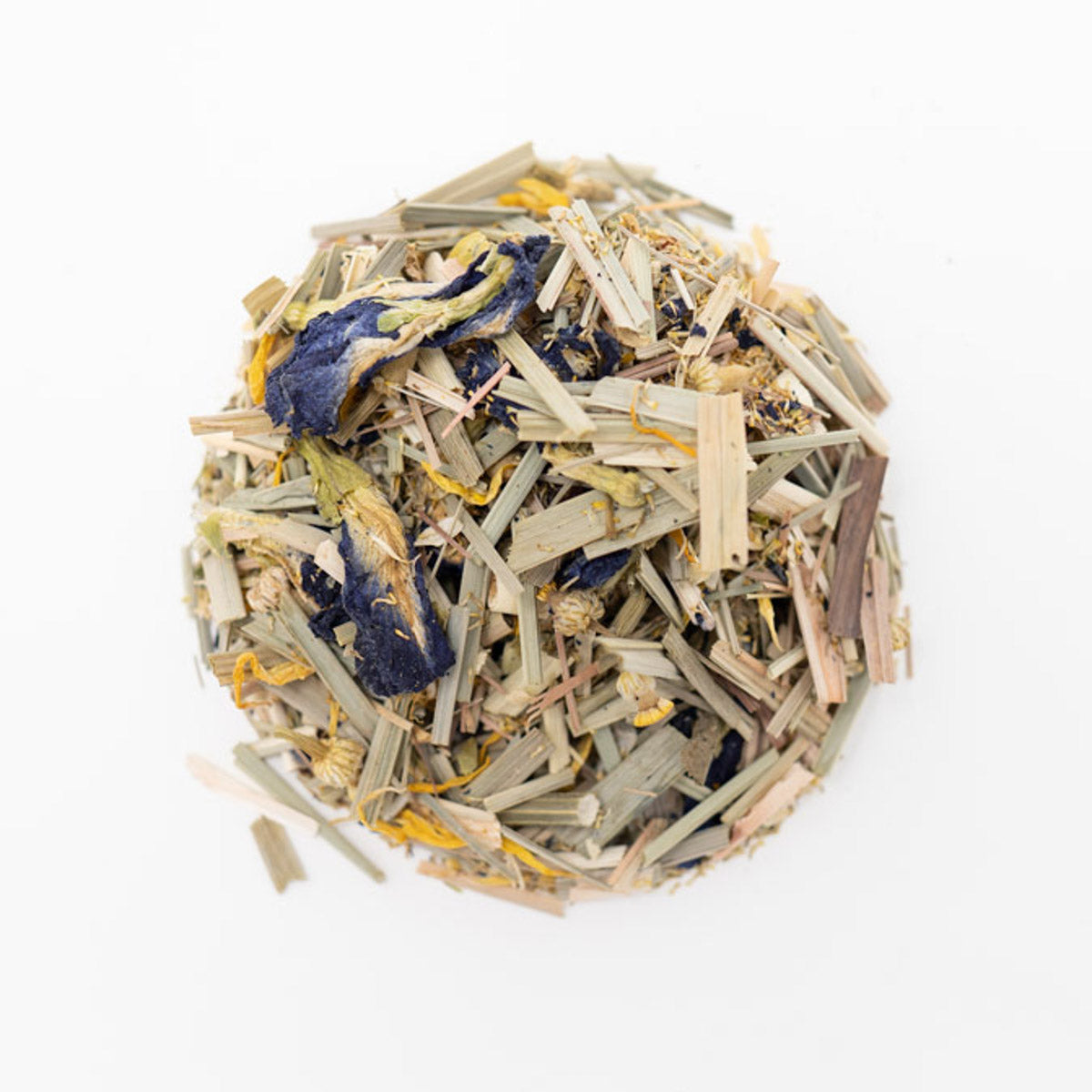Presidential Tea Culture
Today is President’s Day and what better way to celebrate the holiday than with an article on presidential tea culture? I want to encourage everyone to put their political differences aside for this article and read about one of the things that has continuously brought people together, tea.
If we look all the way back to the founding of the United States of America, we can find tea stains all over our country’s history. The beverage was very popular in Colonial America, despite the events of the Boston Tea Party. During this time coffee was seen as a patriotic drink and gained popularity as such, but tea was still preferred by many people because it is what their pallets were used to. Presidents were no exception to this.
George Washington was specifically known for his love for tea. The first President of the United States is seen in many pictures of colonial meetings with a teacup at his side and occasionally with First Lady Martha Washington pouring him a fresh cup in the background. He was also known to have an extensive collection of tea ware at his home in Mt. Vernon.
President John Adams and First Lady Abigail Adams were the second in office and first in the White House. Photos and White House records show that when they moved in, they bought an impressive set of tea ware from China and began to host many tea parties. They passed this love for tea onto their son, John Quincy Adams who would go on to become the sixth U.S. President.
Abigail Adams also added her recipe for “Rose Petal Tea” to The White House Cook Book, making it one of the book's first recipes. The White House Cook Book was first officially published in 1887 and continued to stay in print for decades. The book was a collection of recipes from the various First Ladies and new versions of the book would include a portrait of the current First Lady. The book was written by Fanny Lemira Gillette and Hugo Zieman, Zieman was a steward in the White House. In addition to recipes, the book also offered information on household products, cleaning guidance, basic health care, proper etiquette, and other homely topics. The book is now under the ownership of the Smithsonian and is kept at the Dibner Library in Washington D.C. The First Ladies have also run a tradition of hosting a tea party for the incoming First Lady.
Thomas Jefferson, the third U.S. President also had a love for tea. He had a tea room at his Monticello home, which you can visit today. Some people claim this room is where he first started to draft the Declaration of Independence. His love for the beverage continued throughout his presidency and the White House records show that he often ordered glasses of Bohea, a colonial black tea, and Hyson, a colonial green tea. These two teas were especially popular at the time, despite the fact that hundreds of packages of these two particular teas had been dumped into the Boston Harbor during the Boston Tea Party.
Martin Van Buren, the eighth U.S. President, was of Dutch descent and added saffron to his tea. Dutch Americans are known for their rich, robust flavors in the kitchen and tea was no exception. Saffron has an earthy taste with honey-like notes and produces a rich gold color which is sometimes used in dyes. It has historically been an expensive ingredient and has many health benefits including a notable level of antioxidants and anxiety-reducing properties.
Andrew Johnson, the 17th U.S. President, had an infamous teapot shaped like a train engine that was loved for its novelty but had an even richer history that is often overlooked. The teapot and its matching tea ware set, officially called The Locomotive Set, was originally gifted to Jefferson Davis from France. The tea set was passed between ownership for a while and eventually found itself in the hands of an Italian merchant before it was bought by Colonel Friedman of Philadelphia who had the intention of gifting it to President Abraham Lincoln. President Lincoln, unfortunately, died before he could receive the gift and it was instead given to Andrew Johnson. The tea set now belongs to Tusculum College and is on display at their President Andrew Johnson Library and Archive.
Rutherford B. Hayes, the 19th U.S. President, appointed William LeDuc as the Commissioner of Agriculture at the beginning of his presidency. LeDuc ended up leasing two hundred acres of land in Charleston, South Carolina, as an experimental U.S. tea farm. To this day, South Carolina is the only U.S. state to produce commercial tea.
James A. Garfield, the 20th U.S. President, shared his two favorite tea recipes during his presidency. The first was a spiced black tea that included mint, lemon, allspice, and orange juice. The second was an herbal blend that included catnip and pennyroyal. While these ingredients might seem odd to sip on, they were very popular for a while after earning a presidential stamp of approval!
One of the most recent tea-loving presidents is Barack Obama. The 44th U.S. President is seen in many photos with his signature teacup – a white porcelain glass with a stripe of gold on its rim, usually sitting upon a matching saucer. You can find pictures of him with this signature item in the oval offices, at press interviews, and at conferences. Barack Obama also has a well-known passion for golf and has been known to drink iced teas out on the course.
As you reach for your favorite cup of tea today, think of all the history that’s packed between those leaves. From the origins of tea to some of the U.S. Presidents’ favorite beverages, tea is surely as interesting to learn about as it is to drink.
